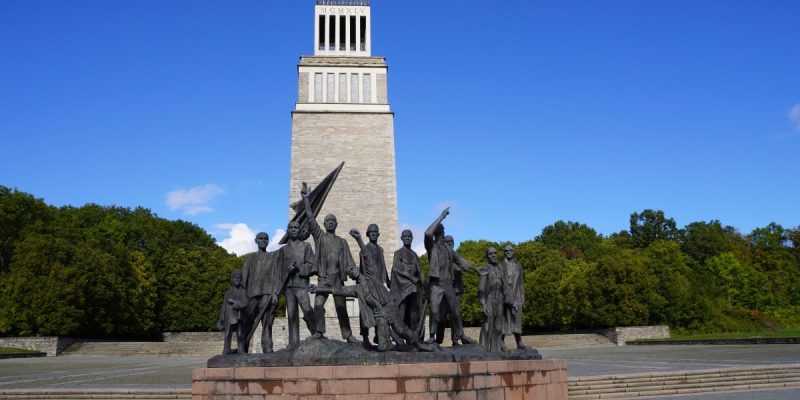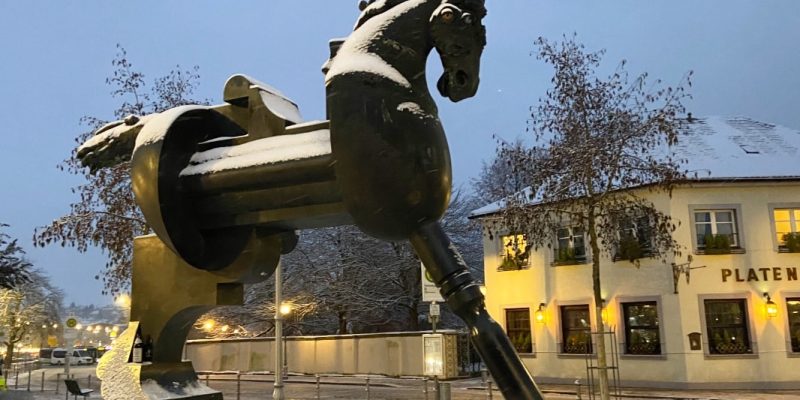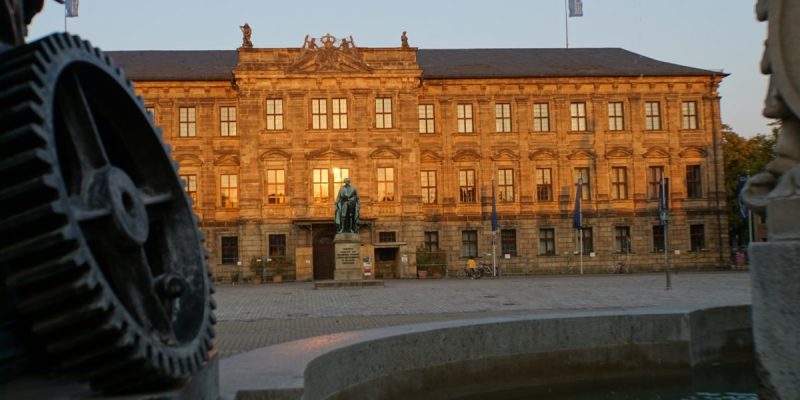For someone who was born in Berlin in the 1960s, this place simply belongs in the city. Today, visitors from all over the world stand at Checkpoint Charlie in Berlin and cannot imagine that a border crossing from one part of the city to the other once existed here.
Continue Reading about Checkpoint Charlie Berlin – border crossing in the middle of Berlin





